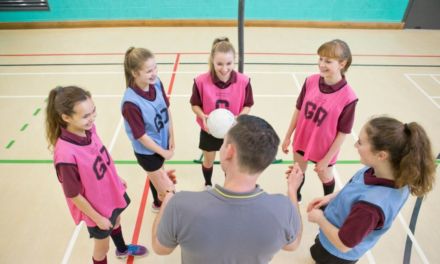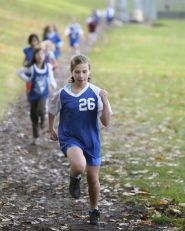Nelson Mandela once said that “Sport has the power to change the world. It has the power to inspire. It has the power to unite people in a way that little else does. It speaks to youth in a language they understand. Sport can create hope where there was only despair”.
Although this inspirational quote may touch the heart of those who relish and engage in physical education, it may not resonate quite so much with pupils who have lower levels of engagement. In this blog, we explore methods that you may use to raise the aspirations of those who don’t like PE.
Raise aspirations through engaging content
The first way in which aspirations may be raised is to review your curriculum plan and ensure that activities which will inspire and engage your pupils are included over the year. The success of this relies on you knowing your cohorts and being able to tailor your curriculum to meet their needs, which may take time but will reap the rewards.
Non-traditional activities such as tchoukball, boxing, Zumba, street dance and indoor cricket may appeal to pupils who are less engaged in traditional sports, and if these topics are used to hook pupils into leading a physically active lifestyle, their aspirations and attainment in PE lessons will improve.
Positive reinforcement with assessments in raising aspirations
Another consideration to make when considering pupils with lower aspirations is how your assessment methods and rewards policy impacts these pupils. If your assessment policy only awards a grade focused on achievement, it may be a barrier to learning for some pupils. They may already have low physical literacy skills, and therefore lose interest in taking part in PE lessons as they feel that they are destined to fail. Consider including an effort grade in your assessment structure, and let pupils know that trying hard is just as important as succeeding.
Also, reflect on how you reward pupils – never underestimate the power of a phone call, text message or a postcard home saying how hard a pupil is working. Use this technique as a motivator for all pupils, so that not just those who are most competent at sport get a reward.
Continue to praise pupils who are trying their best., and if a pupil who doesn’t always give 100% does improve their effort levels, take notice and praise them hard. At times, low effort levels from pupils are a mask for low self-confidence or ability. Punishments for low effort from these pupils will only exacerbate the issue.
Highlight the benefits of PE
A final consideration to make is how to share the benefits of sport and physical activity with your pupils. It is well known to us as PE practitioners that a positive PE experience helps to reduce the likelihood of health problems, but do your pupils fully understand the benefits? There have been masses of research which shows that being physically active also improves mental health, by improving control over symptoms of anxiety and depression and by building self-confidence.
If pupils are aware of this research, they may be more likely to engage in our lessons. Promote facts about physical activity and sport around your department, and if possible, engage with external speakers who can reiterate the importance of being physically active to lead a healthy life.
If you would like some more information regarding a platform that can provide engaging lesson plans and drills that can make your PE lessons even more enjoyable for your students then visit PEOffice. Call the team on 01909 776900, send an email to mail@peoffice.co.uk or book a free online demonstration here.










